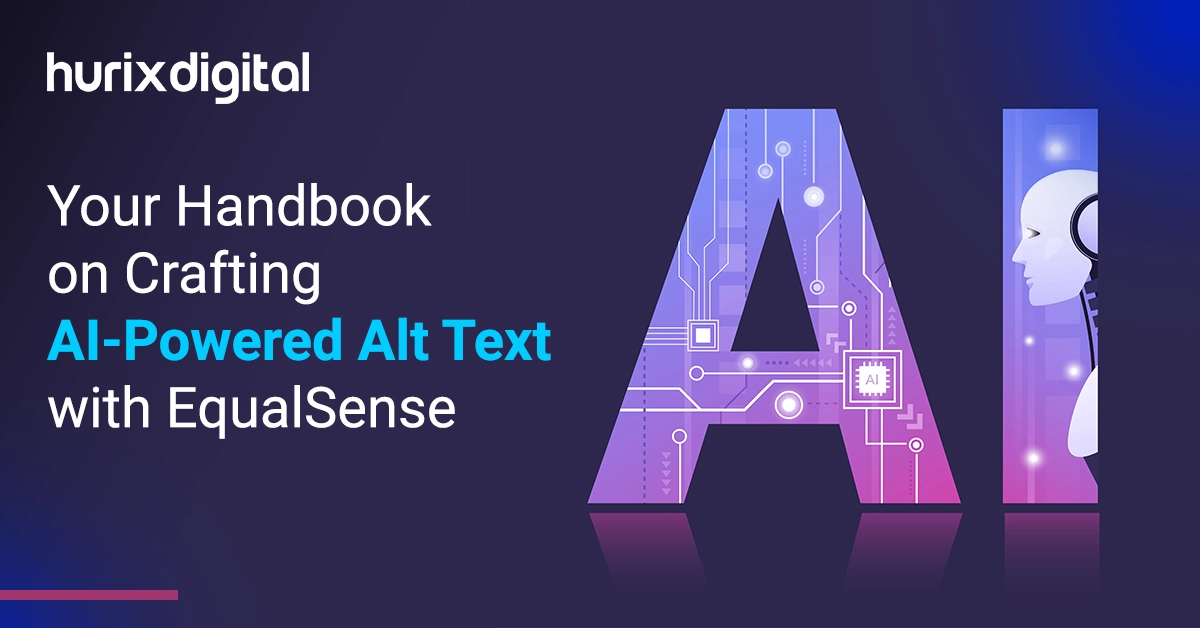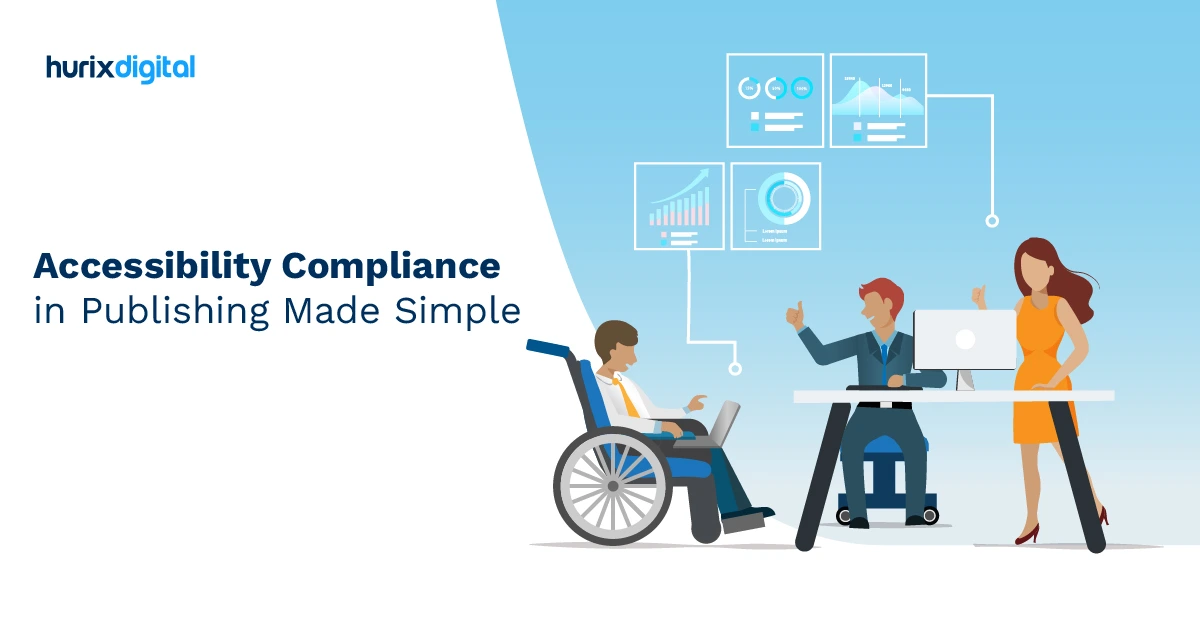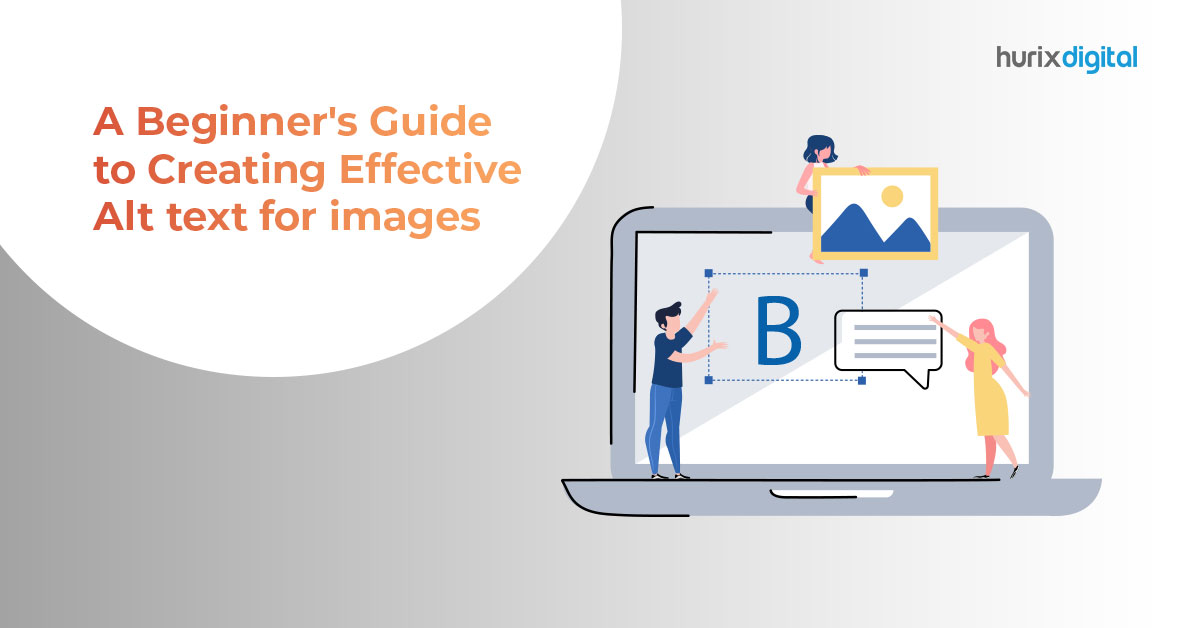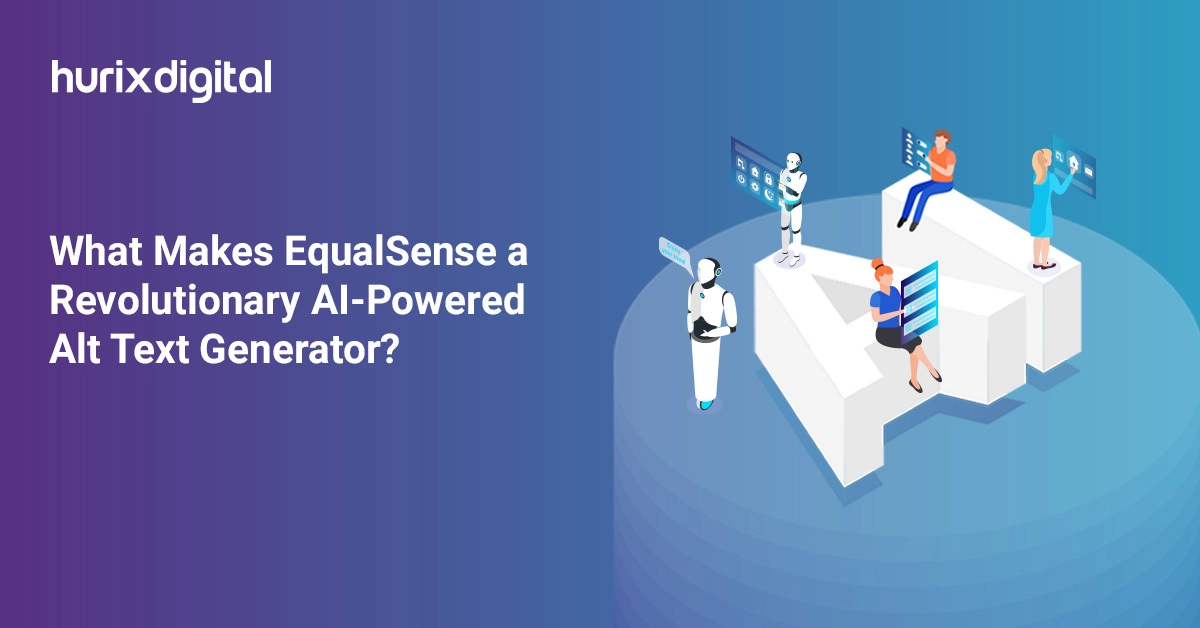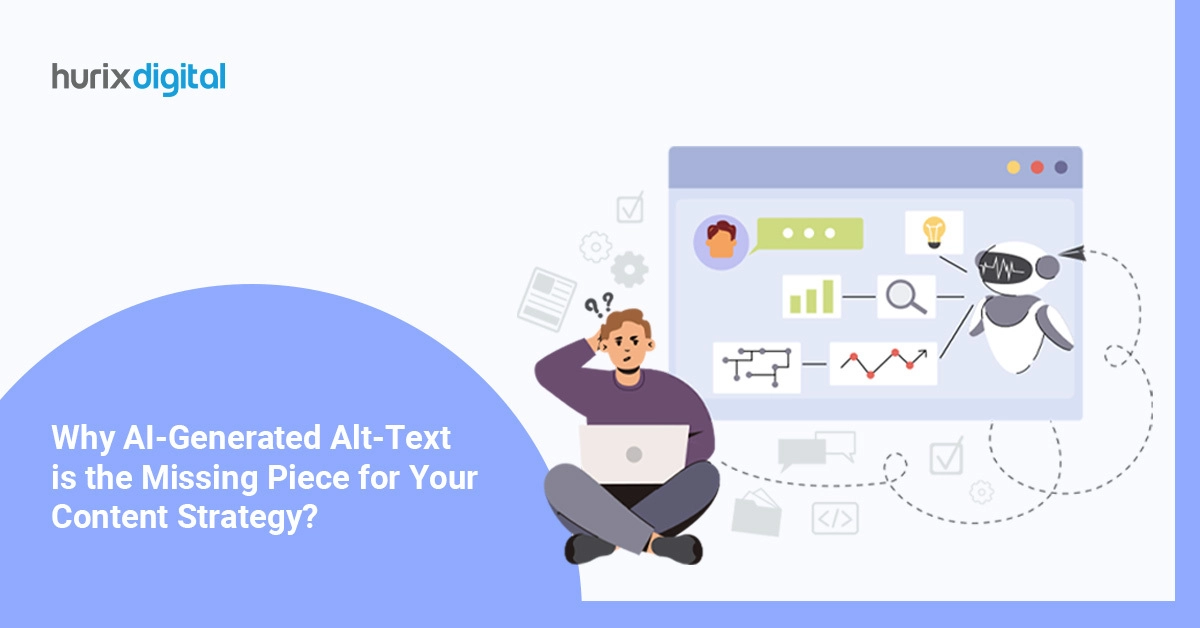
Why AI-Generated Alt-Text is the Missing Piece for Your Content Strategy?
Summarize with:
Content writers are aware of the power that pictures can have on a webpage. Images can add vitality to a blog article, whether you use them to break up large text chunks on the page, illustrate difficult concepts, or grab the reader’s interest.
This indicates that you are missing out on significant organic traffic if you do not employ alt text to optimize your images for SEO and higher Google rankings.
This blog outlines AI-generated alt text in detail, discusses some best practices, and explains how to make your images more search engine-friendly so you can grow your business!
Table of Contents:
- Importance of Alt Text for SEO
- Benefits of Using AI-generated Alt Text to Your Content Strategy
- Image Alt Text Best Practices for Boosting Your Content Reach
- Craft High-Quality AI-Generated Alt Text with EqualSense!
Importance of Alt Text for SEO
Search engine crawlers may accurately index a picture by using alt tags, which provide background for the content that an image presents. Not adding alt tags for your photos might negatively impact your website’s rating and prove to be inaccessible for disabled individuals.
Alt text is equally crucial when a browser cannot correctly render a web page. Without alt tags, a far worse user interface will result, as the user will be unaware of the picture that was intended to be displayed.
Essentially, alt text increases accessibility by describing an image to those who are blind or visually impaired. But it also benefits search engine crawlers, which enhances SEO. If you do not specify alt attributes for your photos, screen readers and browsers will have a harder time interpreting your website, making it less user-friendly for those with visual impairments.
Make sure you provide informative alt text for each picture on your website so that both search engines and site visitors can access your material.
Also Read: 5 Key Ways in Which AI-Powered Accessibility Tools Benefit Teams
Benefits of Using AI-generated Alt Text to Your Content Strategy
From increased organic reach to enhanced brand image, here are the top ways AI-generated alt text boosts your content curation objectives.
1. Encourages Accessibility Compliance
It’s not just a recommended practice; it’s a law to ensure your website is accessible to all visitors, including those with impairments. According to the Web Content Accessibility Guidelines (WCAG), all non-text information, including photos, must include alternative text.
AI-generated alt text streamlines caption development, ensuring compliance with accessibility requirements without spending too much time or money.
2. Enhances User Experience
Accessible content gives all of your site visitors a great user experience, not just compliance with regulations. When you include AI-generated alt text, your website becomes more navigable for visually impaired people who use screen readers.
By providing pictures with context, descriptive alt text makes surfing more enjoyable for all users. This helps your content cater to a wider section of the target audience.
3. Helps in Scalability
Ensuring that every image on your website has accurate alt text may become more challenging as your website grows and you include more photos in your content.
AI-generated alt text offers an effective method for producing alt text for many images, enabling scalability. By utilizing AI technologies, you can keep your visual information consistently accessible and updated.
4. Save Time and Resources
It can take a lot of time and effort to create alt text for each image on your website manually. However, using alt text AI allows you to free up time and resources for other parts of your content strategy.
You can concentrate on producing excellent, captivating content that connects with your audience since AI will take care of the process of producing alt text.
5. Improves Brand Image
Utilizing AI-generated alt text improves the credibility of your company by showcasing your dedication to accessibility.
Consumers admire companies that embrace diversity, and you can demonstrate your brand’s values to serve all users by expanding the accessibility of your content to a larger audience.
Image Alt Text Best Practices for Boosting Your Content Reach
When adding alt text, create helpful, educational information that complements the page’s content and properly uses keywords. Although writing alt tags with search engine optimization is acceptable, keep in mind that their primary purpose is to assist people who are blind or visually impaired.
These alt text best practices will help you create accessibility image alt text that is both search engine—and user-friendly.
1. Be Precise
When creating the alt text for a picture, it is best to write it as you would a quick verbal description. You may need a whole sentence, or just a few words will do. Any more content than 125 characters will not be useful to the user since most screen readers stop reading alt text at that point.
2. Refrain from Introductions
As you have a limited number of characters, you cannot afford to start each image by labeling it as such, wasting valuable space and user time.
For instance, you don’t have to begin your alt tag with words like these: ‘This image depicts ‘a’ or ‘This image displays’.
3. Avoid Repetition
There’s no need to duplicate content that already exists within an alt tag because the objective of alt text is to offer a digital representation of visual data.
4. Do Not Add Alt Text for Decorative Illustrations
The Web Content Accessibility Guidelines (WCAG) consider a picture “decorative” if its purpose is limited to its appearance.
If an image serves only as decoration, such as a background picture or a graphic separator, do not provide alt text. Adding the image’s explanation in the alt text would “clutter” the screen reading process as the image doesn’t offer any pertinent data.
5. Use Relevant Keywords
Select a term that appropriately sums up the image and fits the content of the page. If you’re utilizing an image as a link, you can also incorporate keywords into your alt text. However, you must refrain from keyword-stuffing, as it negatively impacts the visibility of your content.
Check out EXCLUSIVE: Hurix Digital Generates Alt-Text for 18,000 French eBooks for a Leading European Academic Publisher
Craft High-Quality AI-Generated Alt Text with EqualSense!
EqualSense by Hurix Digital is an AI alt-text generator with multilingual support that uses a human in-loop mechanism to generate a11y alt text.
The EqualSense AI alt text generator strengthens your content strategy by automatically producing insightful alt text for images. This guarantees that all users, including those who use screen readers, may access your material.
Use EqualSense to optimize the alt text for your images to boost the user experience and SEO. This tool eliminates the need to spend time manually composing alt text, allowing you to concentrate on producing excellent content that appeals to a wide range of viewers.
To learn more about our alt text services, book a discovery call with us today!
Summarize with:

Vice President – Content Transformation at HurixDigital, based in Chennai. With nearly 20 years in digital content, he leads large-scale transformation and accessibility initiatives. A frequent presenter (e.g., London Book Fair 2025), Gokulnath drives AI-powered publishing solutions and inclusive content strategies for global clients
 Upcoming Masterclass | Build an Army of Brand Evangelists using Training & Development | November 20th, 8:30 AM PDT | 11:30 AM EDT | 10:00 PM IST
Upcoming Masterclass | Build an Army of Brand Evangelists using Training & Development | November 20th, 8:30 AM PDT | 11:30 AM EDT | 10:00 PM IST

